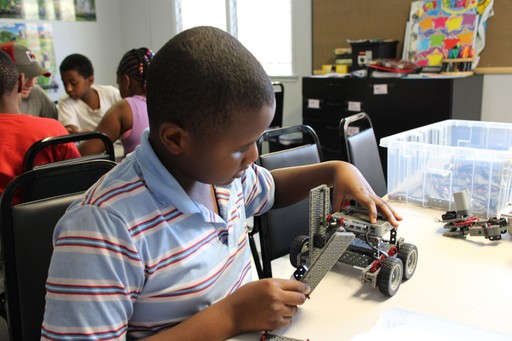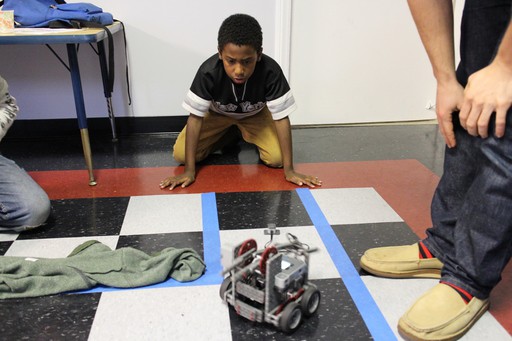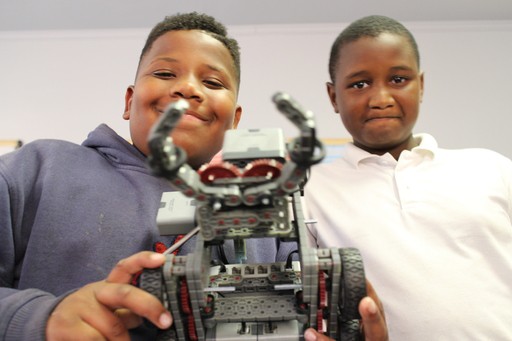The beginning of my project started back in early 2014 where I started and ran an after school robotics program in South Central Los Angeles. I began looking for different robotics platforms to teach robotics to 4th-6th graders as a way to get them excited about learning STEM. I wanted to run a pilot program with around a dozen kids with hopes to grow the program to address the great need in South Central Los Angeles for STEM education and good after school programs.
I decided to use Vex IQ which had recently came out for my pilot program. While there are many good aspects of Vex IQ, many of the shortfalls of it and of other platforms available became apparent through the pilot program.
First of all is the cost of various platforms. When teaching robotics in low income neighborhoods, it is very important to to keep the cost of the program down to reduce the need for outside support and make the program sustainable.
Secondly is the need for the platform to be open and extensible. While Vex IQ is a nice platform in many ways, I wanted a platform that I could take from the basics of robotics, all the way through advanced topics without switching platforms. Since most of the commercially available systems are closed, there is no ability to add new sensors and interface to other systems.
But that brings me to the biggest issue I had with all available platforms: the programming environment. I wanted a visual way to program robots for beginners, but also a way to see how the visual representation of program flow translated into actual code so that students could seamlessly advance from visual programming to programming in C++ as they advanced. I was unable to find a visual programming environment that showed how each visual block translated into actual code. Along with the fact that most visual environments are proprietary, not extensible by the user, and often costly, made me feel the need for a open system for teaching robotics that could address these and other needs.
Despite the many challenges of working with Vex IQ, the initial pilot program went well and was a big hit with the students. It only made me long for a better system that could better facilitate STEM education for those who need access to it.




Discussions
Become a Hackaday.io Member
Create an account to leave a comment. Already have an account? Log In.